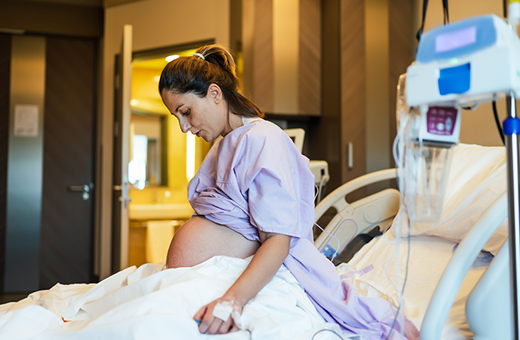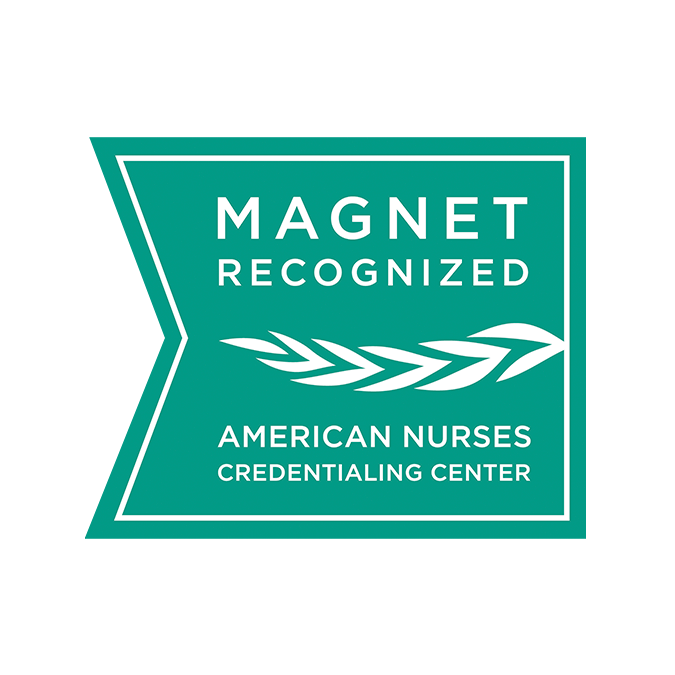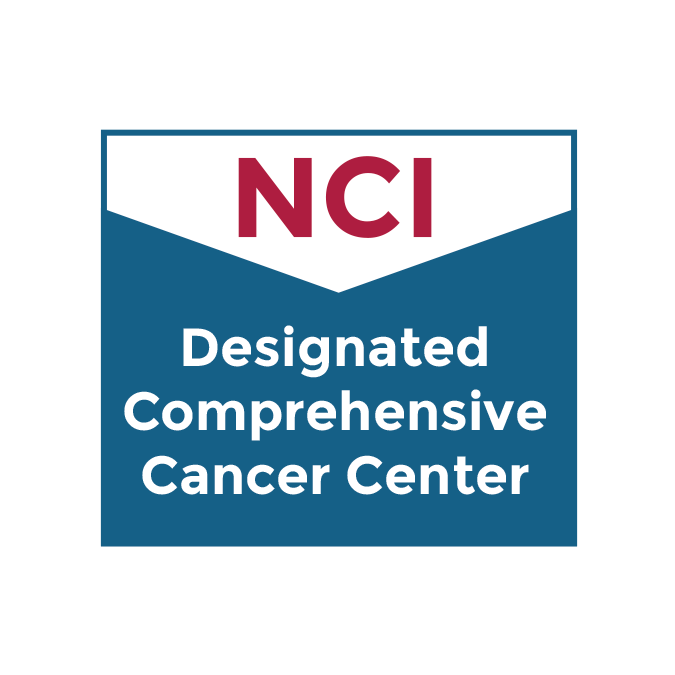Obstetric Anesthesia
We provide care to women during their pregnancy and delivery, ensuring that both mother and child are safe and comfortable during any procedures and delivery itself.
Medically reviewed by Nina Schloemerkemper, M.D. on Nov. 13, 2023.

Nationally Recognized Obstetric Anesthesiology
When you’re giving birth, there are likely many things on your mind, but pain shouldn’t be one of them. At UC Davis Health, we have an in-house obstetric anesthesia service available around the clock. Our dedicated team of anesthesiologists takes care of pain during labor and provides an anesthetic in case of required surgery.
UC Davis Health is a Society of Obstetric Anesthesia and Perinatology Center of Excellence. We are among a select few programs nationwide that maintain this honor for commitment to high-quality anesthesia care.
You can count on us for exceptional care, including timely epidural placements for labor and excellent anesthesia for C-sections. We are a regional center for complex cases such as placenta accretas and fetal surgery. We also have a depth of experience in managing complex cases.
Types of Obstetric Anesthesiology
We deliver anesthesiology services for childbirth and other procedures that may be necessary during pregnancy. Your peace of mind matters, which is why we take time to explain your options and help you make important decisions. And if your needs or preferences change, we stand ready to deliver timely, personalized care.
Epidural During Labor
After numbing the skin of your lower back, we use a needle to guide a tiny hollow tube (catheter) into place. The catheter lets us deliver medications that temporarily interrupt pain signals. This is safe for your baby and does not prolong your labor.
Anesthesia During C-Sections
We use a variety of techniques to help you have a comfortable C-section. A regional anesthesia makes you numb from the middle of your chest down and allows you to see your baby right after birth. Often, this enables you to hold your baby “skin-to-skin” while still in the operating room. General anesthesia, which makes you lose consciousness, is available but rarely necessary.
Nitrous Oxide
You can choose nitrous oxide. It can help you relax during contractions by breathing the gas through a mask. We can give you more information about the pros and cons.
Pain Control for High-Risk Pregnancies
We carefully manage the needs of mothers and babies who have or are at risk for health issues. We work very closely with our obstetricians to ensure your optimal care.
Fetal Surgery Anesthesia
Obstetric anesthesiologists are part of our internationally renowned Fetal Care and Treatment Center. We provide anesthesia care for mothers when they undergo procedures to treat or prevent severe medical issues in unborn children.
We talk with you about what to expect and answer any questions you have before you get any level of anesthesia during childbirth. We discuss the different options for pain relief during labor and explain which one might be best suited for you. If you have relevant underlying health issues, we will see you weeks before your planned delivery to come up with a plan.
Most commonly, we use regional anesthesia to help manage pain during labor and delivery. Regional anesthesia includes an epidural catheter, spinal anesthesia or a combination of both.
-

Epidural During Delivery
Many people choose to receive an epidural catheter during labor and delivery. About 15 minutes after the first dose of medication, you start to notice your legs feeling numb and the contraction pain subsiding. You will receive more mediation throughout labor and delivery to provide as much pain relief as possible.
-

Spinal Block During a C-Section
We commonly use a spinal block to help manage pain during C-section deliveries. This method makes you numb from the middle of your chest down. This is the safest and most preferred method of pain relief during a C-section. It also provides pain relief for the first few hours after surgery.
-

Combined Spinal-Epidural (CSE)
In some cases, you may receive both a spinal and epidural catheter. By combining the two approaches, we can provide very good anesthesia for the surgery and give additional medication if the surgery takes a little longer.
Home Care After Obstetric Anesthesia
Some women get a headache after a spinal or epidural. This typically develops within a few days after the procedure and should go away.
If you have questions for the anesthesia team following your discharge, you can reach out to the labor and delivery nurses. You can also ask questions during a postpartum visit. The anesthesia team will get back to you as soon as we can.
Our team is here for you if you have questions or need additional information.

Ranked among the nation’s best hospitals
A U.S. News & World Report best hospital in cardiology, heart & vascular surgery, diabetes & endocrinology, ENT, geriatrics, neurology & neurosurgery, and pulmonology & lung surgery.

Ranked among the nation’s best children’s hospitals
U.S. News & World Report ranked UC Davis Children’s Hospital among the best in pediatric nephrology, orthopedics*, and pulmonology & lung surgery. (*Together with Shriners Children’s Northern California)

Ranked Sacramento’s #1 hospital
Ranked Sacramento’s #1 hospital by U.S. News, and high-performing in aortic valve surgery, back surgery (spinal fusion), COPD, colon cancer surgery, diabetes, gynecological cancer surgery, heart arrhythmia, heart failure, kidney failure, leukemia, lymphoma & myeloma, lung cancer surgery, pacemaker implantation, pneumonia, prostate cancer surgery, stroke, TAVR, cancer, orthopedics, gastroenterology & GI surgery, and urology.

The nation’s highest nursing honor
UC Davis Medical Center has received Magnet® recognition, the nation’s highest honor for nursing excellence.

World-class cancer care
One of ~59 U.S. cancer centers designated “comprehensive” by the National Cancer Institute.

A leader in health care equality
For the 13th consecutive year, UC Davis Medical Center has been recognized as an LGBTQ+ Healthcare Equality Leader by the educational arm of America’s largest civil rights organization.

